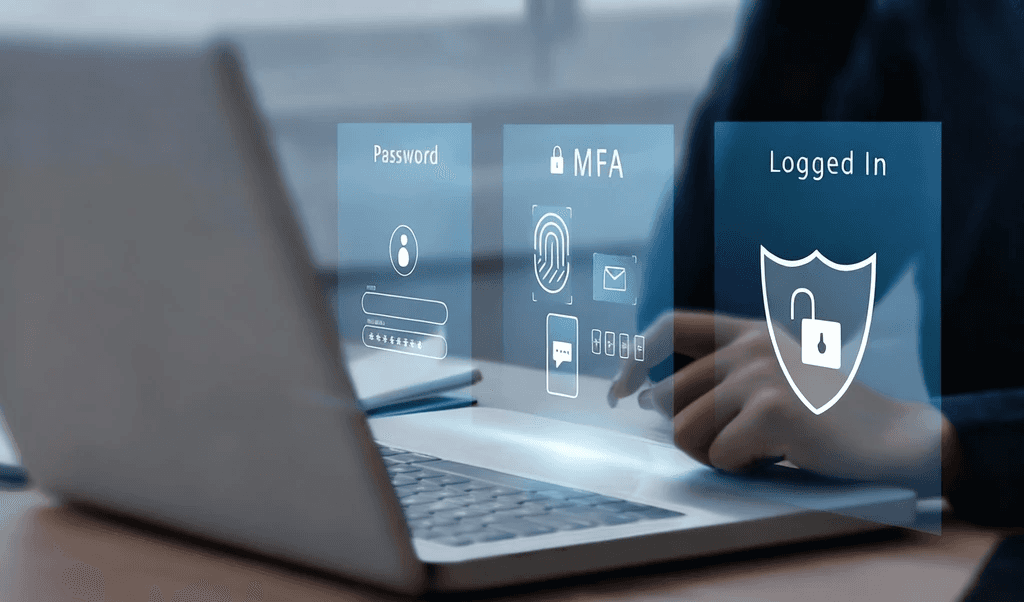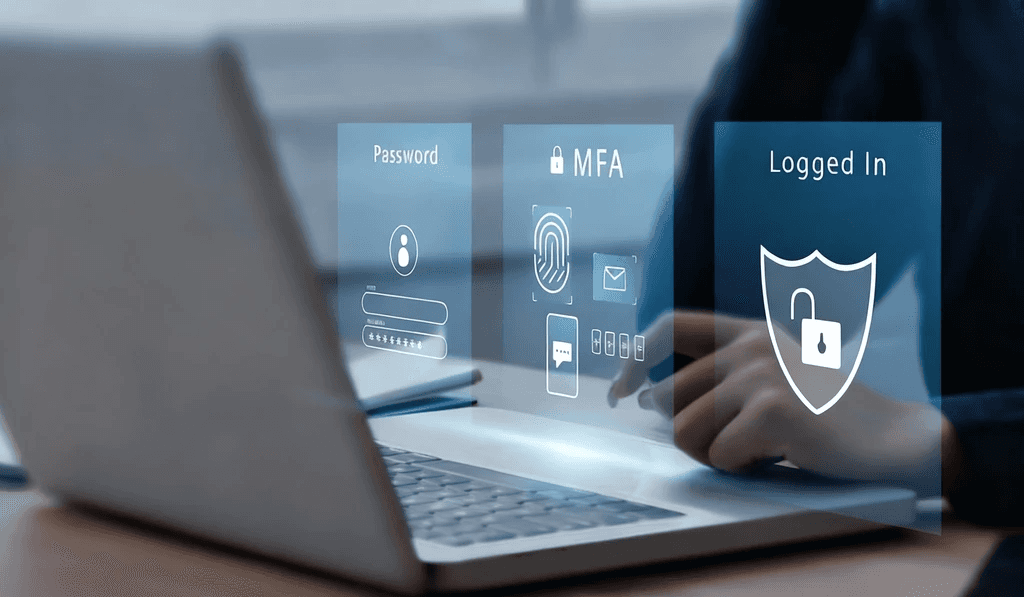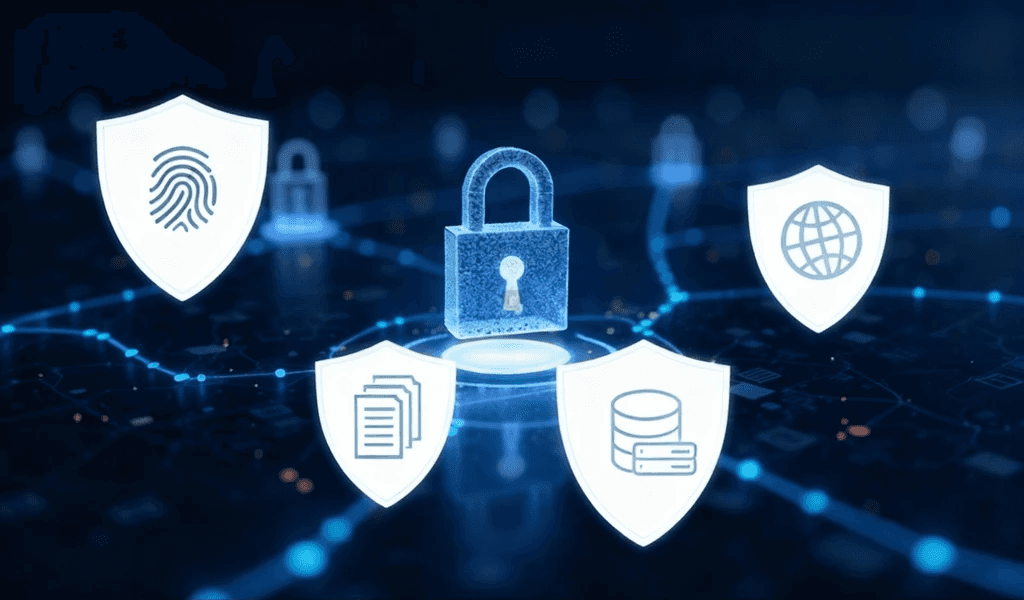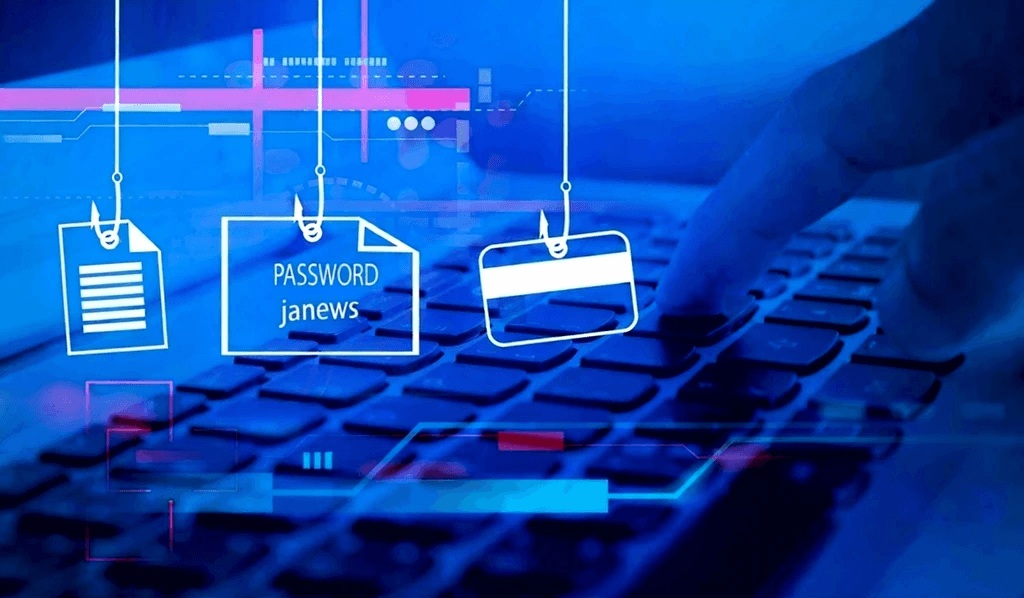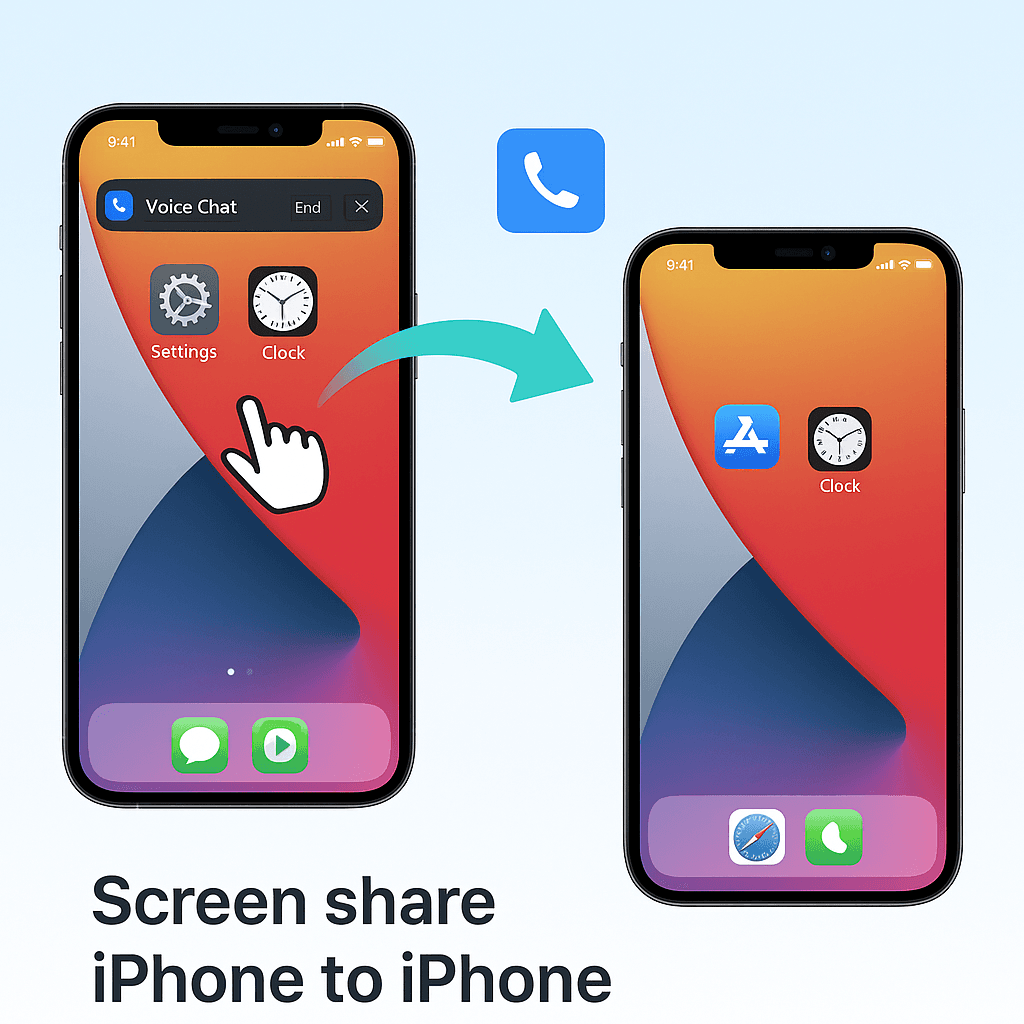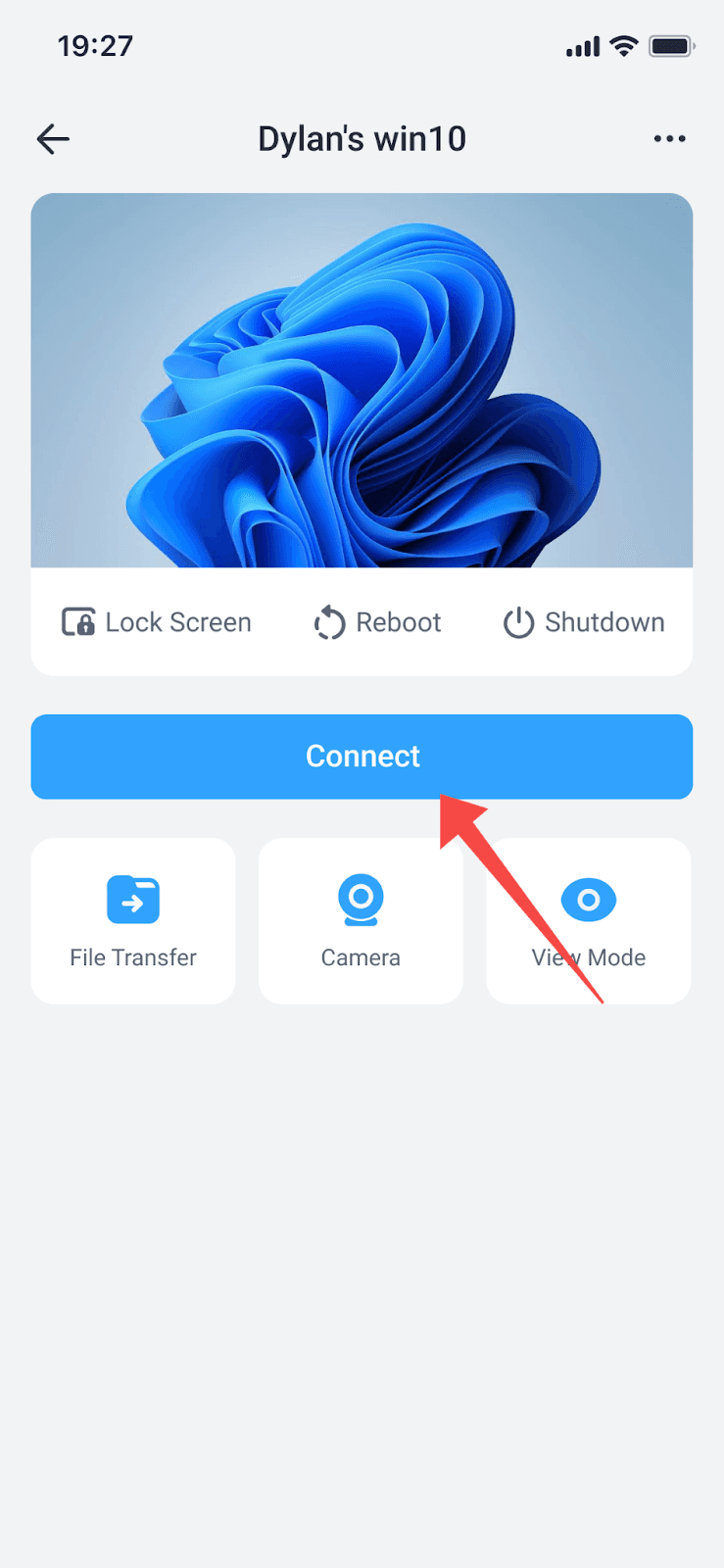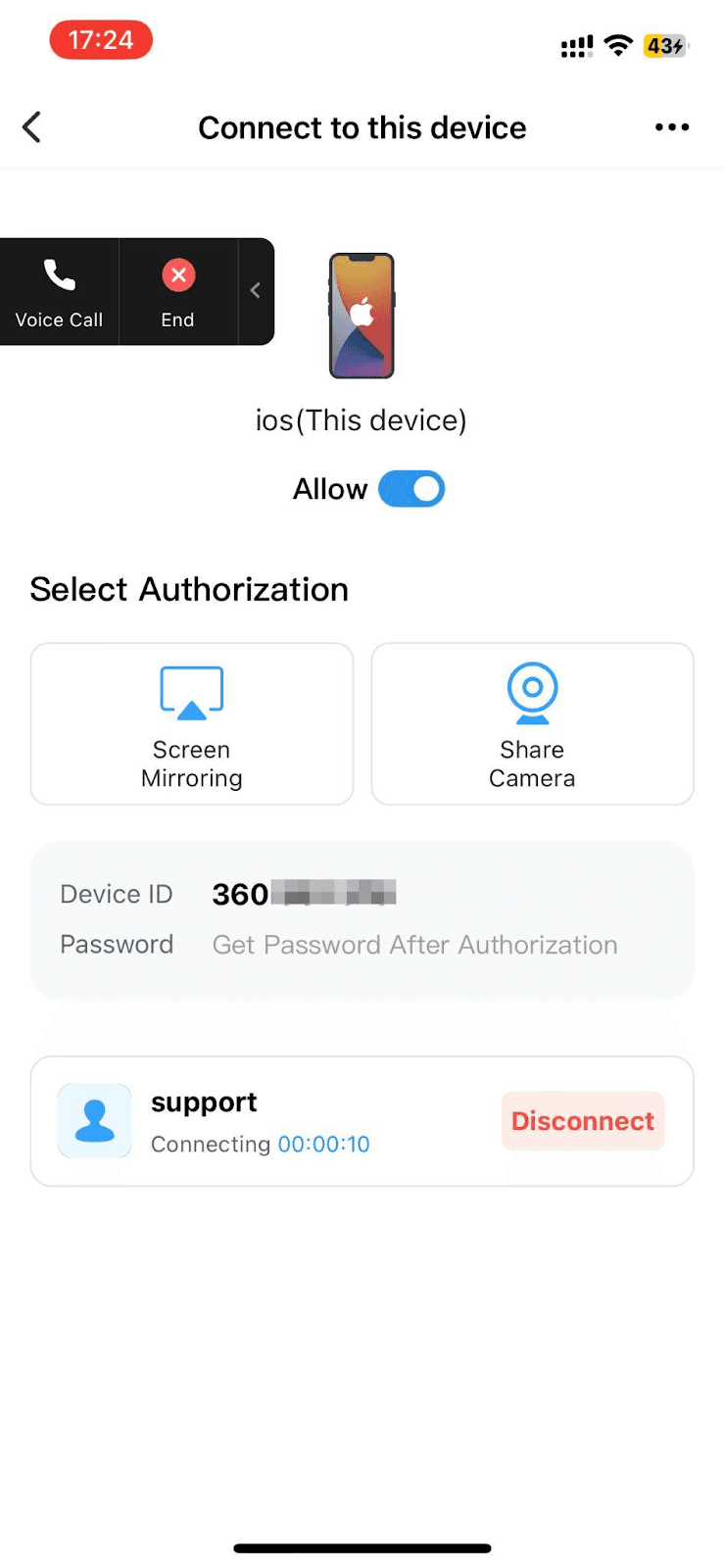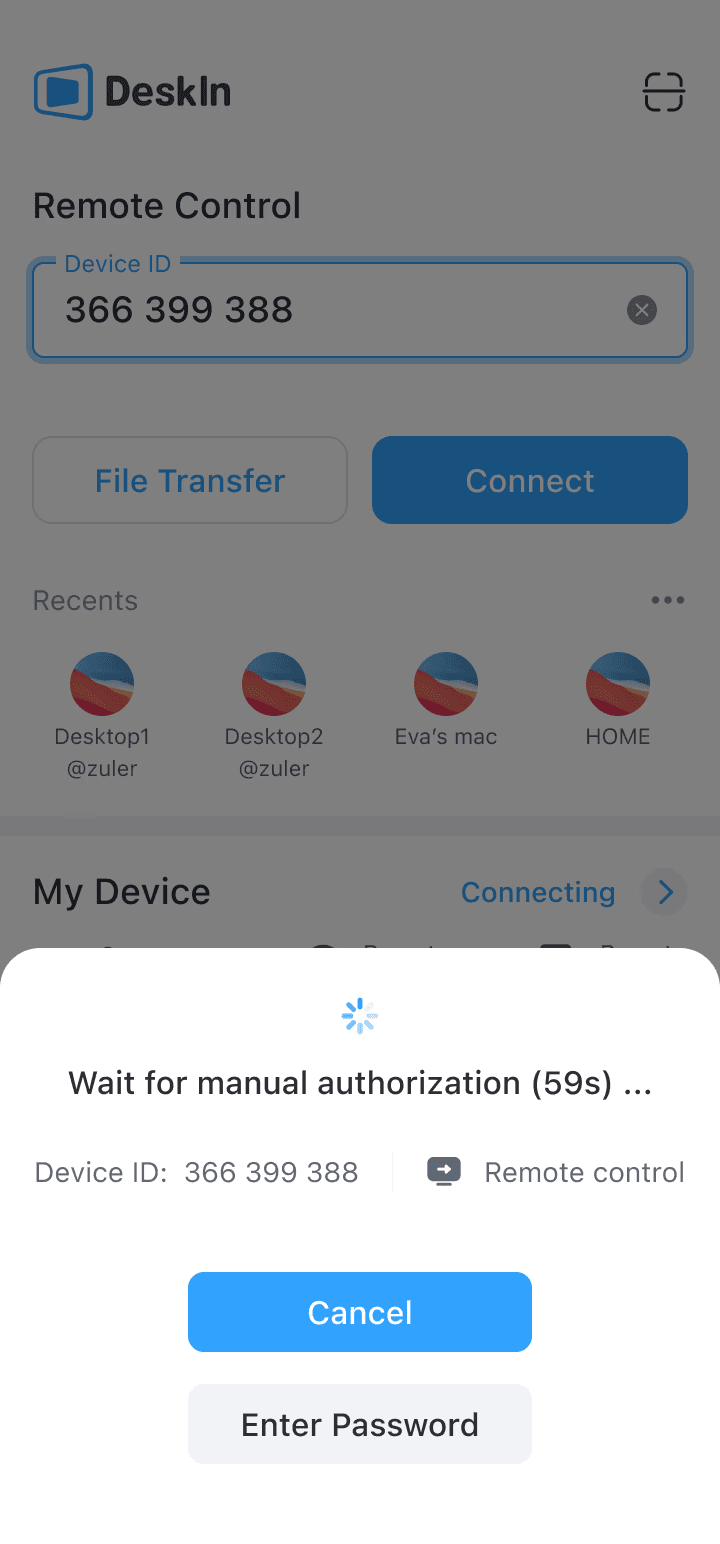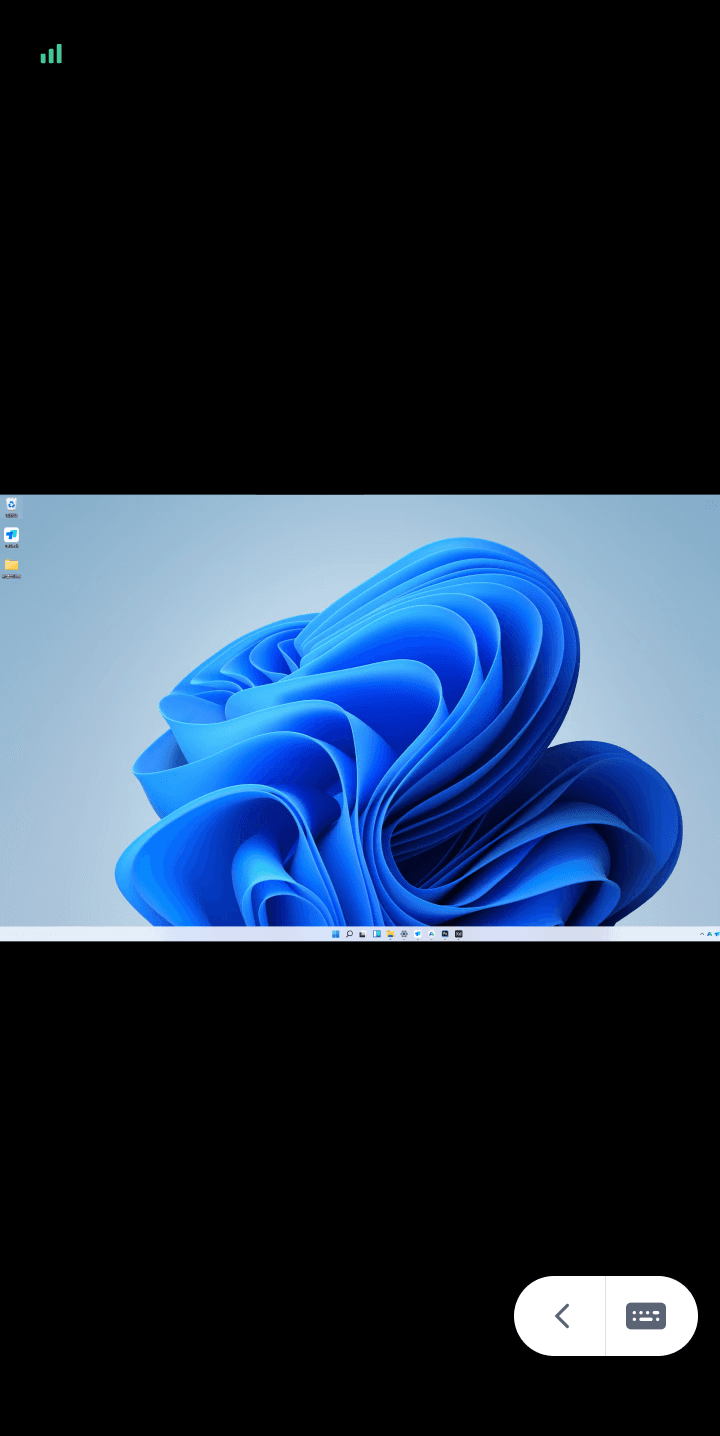Khi sử dụng phần mềm máy tính từ xa, chất lượng hình ảnh là một trong những yếu tố quan trọng nhất ảnh hưởng đến trải nghiệm kết nối. Những yếu tố nào ảnh hưởng đến chất lượng hình ảnh của kết nối từ xa? Phần mềm từ xa DeskIn cung cấp chất lượng hình ảnh độ phân giải cao lên đến 4K60FPS và 2K144FPS, trong khi giữ độ trễ trong vài giây. Điều gì cho phép họ làm điều này? Bài viết này sẽ trả lời tất cả các câu hỏi này.
Các yếu tố ảnh hưởng đến chất lượng hình ảnh kết nối từ xa
Độ phân giải và kích thước màn hình: Độ phân giải càng cao, hình ảnh càng rõ nét. Video 720p tự nhiên sẽ rõ hơn video 360p. Với cùng một độ phân giải, màn hình lớn hơn thì càng rõ ràng hơn khi đọc. Hãy thử phát một video 720p trên YouTube xem. Bạn nghĩ rằng nó rõ ràng hơn rất nhiều khi xem trên điện thoại di động so với máy tính không?
Tốc độ kết nối mạng: Độ phân giải càng cao, càng nhiều dữ liệu cần được truyền tải cùng một lúc. Hiện tại, nhiều nền tảng video hoặc phần mềm máy tính từ xa tự động điều chỉnh độ phân giải. Khi điều kiện mạng kém, hình ảnh có thể bị đông đọng hoặc mờ.
Tốc độ cập nhật và tốc độ khung hình: Tốc độ cập nhật thể hiện tần suất màn hình cập nhật mỗi giây, và tốc độ khung hình là số lượng hình ảnh trung bình mà card đồ họa có thể hiển thị mỗi giây. Mặc dù nó không ảnh hưởng trực tiếp đến chất lượng hình ảnh, nhưng nó sẽ ảnh hưởng đến sự mượt mà của hình ảnh. Tốc độ cập nhật/tốc độ khung hình chủ yếu liên quan đến hiệu suất màn hình. Trong trường hợp kết nối từ xa, hiệu suất tốc độ cập nhật và tốc độ khung hình của phần mềm từ xa cũng sẽ ảnh hưởng đến trải nghiệm kết nối.
Hiệu quả truyền tải: Ngoài những yếu tố chung trên, thực chất còn có một yếu tố khác, đó là "hiệu quả truyền tải". Nếu hiệu quả truyền tải có thể được cải thiện, thì dưới cùng một điều kiện mạng, nhiều dữ liệu hơn có thể được truyền nhanh hơn. dữ liệu để cải thiện độ phân giải của màn hình. Điều này đưa chúng ta đến với bộ mã hóa video.
Codec Video là gì?
Truy cập từ xa về cơ bản là một quá trình liên tục chụp ảnh màn hình của desktop từ xa, mã hóa và nén dữ liệu hình ảnh, sau đó giải mã và phục hồi chúng thành hình ảnh và video trên thiết bị địa phương sau khi truyền. Công nghệ codec video đóng một vai trò quan trọng trong quá trình này.
Mã hóa bao gồm ba bước: lấy mẫu, mã hóa và nén. Lấy mẫu là quá trình chặn dữ liệu khung trong luồng video, mã hóa là quá trình xử lý dữ liệu khung này và nén thành các gói nhỏ hơn để truyền tải.
Giải mã là quá trình ngược lại của mã hóa: người nhận mở gói nhận được, khôi phục nó thành một bức tranh, và sau đó sắp xếp các bức tranh theo thứ tự để tạo thành một dòng video khung theo khung.
Tại sao cần có các codec video hiệu quả hơn?
Chất lượng hình ảnh bị ảnh hưởng bởi tốc độ internet trong quá trình kết nối từ xa. Codec video hiệu quả cho phép xử lý dữ liệu hình ảnh nhanh hơn và nén gói dữ liệu thành kích thước nhỏ hơn. Sau đó, nó có thể mang đến trải nghiệm HD mượt mà hơn với mức tiêu thụ tài nguyên thấp hơn, tiết kiệm băng thông và giảm tỷ lệ mất gói giúp các hoạt động từ xa trở nên mượt mà hơn.
DeskIn: phần mềm máy tính từ xa tốt nhất cho độ phân giải cao nhất
Nhóm cốt lõi của DeskIn có hơn mười năm kinh nghiệm trong nghiên cứu và phát triển codec video. Tối ưu hóa sâu rộng về thuật toán và phần cứng đã tạo ra một codec hiệu quả dành cho máy tính từ xa. Dựa trên những kinh nghiệm phong phú trong mã hóa/giải mã video, DeskIn có thể cung cấp các phiên từ xa chất lượng UHD (4K) trong khi giữ độ trễ trong vài micro giây. DeskIn cũng có thể cho phép các kết nối từ xa ổn định và chất lượng hình ảnh tuyệt vời ngay cả khi thiết bị có sức mạnh tính toán giới hạn, đảm bảo trải nghiệm mượt mà và HD trong quá trình làm việc từ xa, hợp tác và chơi game.
Cách sử dụng phần mềm từ xa độ phân giải cao DeskIn?
Bước 1: Cài đặt và đăng ký tài khoản
Cài đặt DeskIn trên máy tính hoặc thiết bị di động của bạn, đăng ký tài khoản miễn phí và đăng nhập.
Lưu ý: Nếu đây là lần đầu tiên bạn đăng nhập trên một thiết bị mới, bạn cần vào email đăng ký của mình để hoàn tất xác minh nhằm bảo vệ tốt hơn an ninh tài khoản của bạn.

Bước 2: Kết nối các thiết bị
Bạn có thể tìm kiếm các thiết bị đã đăng nhập vào cùng một tài khoản trong danh sách "Thiết bị". Chọn thiết bị bạn muốn điều khiển và nhấn "Điều khiển từ xa" trên thanh công cụ bên phải, sau đó bạn đã kết nối với thiết bị.

Bạn có thể kết nối với các thiết bị bằng "ID thiết bị". Mở DeskIn trên thiết bị địa phương, nhập "ID thiết bị" của máy tính bạn muốn điều khiển, nhấn "Kết nối" thì bạn đang kết nối với thiết bị. Bạn có thể sử dụng phương pháp Mật khẩu hoặc không Mật khẩu để xác minh kết nối.

Xác minh "Không Mật khẩu" có nghĩa là bạn cần đồng ý thủ công yêu cầu kết nối trên thiết bị được điều khiển. Chúng tôi khuyến nghị bạn thiết lập mật khẩu bảo mật trong "Cài đặt" >> "Cài đặt bảo mật". Theo cách này, ngay cả khi thiết bị bạn muốn điều khiển ở một vị trí từ xa, bạn cũng có thể kết nối nó mà không cần giám sát.
Bước 3: Điều chỉnh độ rõ nét hình ảnh
Điều chỉnh chất lượng hình ảnh trên thiết bị di động: Sau khi kết nối, bạn có thể điều chỉnh thủ công chất lượng hình ảnh bằng cách đặt "Lựa chọn chất lượng" ở phần "Hiển thị" và "Tốc độ làm mới" ở phần "Màn hình". Bạn có thể điều chỉnh tùy theo điều kiện mạng của mình. Các thiết bị di động hỗ trợ lên đến 4K60FPS.

Điều chỉnh độ phân giải của máy tính: Sau khi kết nối, nhấn để mở rộng thanh công cụ >> nhấn "Xem" >> "Điều chỉnh chất lượng hình ảnh" và "Tốc độ làm mới màn hình" để điều chỉnh chất lượng hình ảnh. Bạn có thể điều chỉnh tùy theo điều kiện mạng của mình. Máy tính hỗ trợ lên đến 4K60FPS/2K144FPS.

Kết luận
Bài viết này giới thiệu các yếu tố ảnh hưởng đến độ rõ nét hình ảnh của phần mềm máy tính từ xa và lý do tại sao DeskIn là phần mềm từ xa rõ nét nhất. Nhờ vào codec video hiệu quả, chất lượng hình ảnh của phiên bản miễn phí của DeskIn đã có thể đạt 1080P 30FPS (HD), với độ phân giải tối đa hỗ trợ 4K 60FPS/2K 144FPS, trong khi giữ độ trễ ở mức rất thấp. Nếu bạn muốn tận hưởng trải nghiệm kết nối từ xa độ phân giải cao nhất, hãy kiểm tra trang web chính thức của DeskIn để biết thêm thông tin: Kế hoạch và giá cá nhân DeskIn | Giá cạnh tranh nhất, Hiệu suất cao
Khi sử dụng phần mềm máy tính từ xa, chất lượng hình ảnh là một trong những yếu tố quan trọng nhất ảnh hưởng đến trải nghiệm kết nối. Những yếu tố nào ảnh hưởng đến chất lượng hình ảnh của kết nối từ xa? Phần mềm từ xa DeskIn cung cấp chất lượng hình ảnh độ phân giải cao lên đến 4K60FPS và 2K144FPS, trong khi giữ độ trễ trong vài giây. Điều gì cho phép họ làm điều này? Bài viết này sẽ trả lời tất cả các câu hỏi này.
Các yếu tố ảnh hưởng đến chất lượng hình ảnh kết nối từ xa
Độ phân giải và kích thước màn hình: Độ phân giải càng cao, hình ảnh càng rõ nét. Video 720p tự nhiên sẽ rõ hơn video 360p. Với cùng một độ phân giải, màn hình lớn hơn thì càng rõ ràng hơn khi đọc. Hãy thử phát một video 720p trên YouTube xem. Bạn nghĩ rằng nó rõ ràng hơn rất nhiều khi xem trên điện thoại di động so với máy tính không?
Tốc độ kết nối mạng: Độ phân giải càng cao, càng nhiều dữ liệu cần được truyền tải cùng một lúc. Hiện tại, nhiều nền tảng video hoặc phần mềm máy tính từ xa tự động điều chỉnh độ phân giải. Khi điều kiện mạng kém, hình ảnh có thể bị đông đọng hoặc mờ.
Tốc độ cập nhật và tốc độ khung hình: Tốc độ cập nhật thể hiện tần suất màn hình cập nhật mỗi giây, và tốc độ khung hình là số lượng hình ảnh trung bình mà card đồ họa có thể hiển thị mỗi giây. Mặc dù nó không ảnh hưởng trực tiếp đến chất lượng hình ảnh, nhưng nó sẽ ảnh hưởng đến sự mượt mà của hình ảnh. Tốc độ cập nhật/tốc độ khung hình chủ yếu liên quan đến hiệu suất màn hình. Trong trường hợp kết nối từ xa, hiệu suất tốc độ cập nhật và tốc độ khung hình của phần mềm từ xa cũng sẽ ảnh hưởng đến trải nghiệm kết nối.
Hiệu quả truyền tải: Ngoài những yếu tố chung trên, thực chất còn có một yếu tố khác, đó là "hiệu quả truyền tải". Nếu hiệu quả truyền tải có thể được cải thiện, thì dưới cùng một điều kiện mạng, nhiều dữ liệu hơn có thể được truyền nhanh hơn. dữ liệu để cải thiện độ phân giải của màn hình. Điều này đưa chúng ta đến với bộ mã hóa video.
Codec Video là gì?
Truy cập từ xa về cơ bản là một quá trình liên tục chụp ảnh màn hình của desktop từ xa, mã hóa và nén dữ liệu hình ảnh, sau đó giải mã và phục hồi chúng thành hình ảnh và video trên thiết bị địa phương sau khi truyền. Công nghệ codec video đóng một vai trò quan trọng trong quá trình này.
Mã hóa bao gồm ba bước: lấy mẫu, mã hóa và nén. Lấy mẫu là quá trình chặn dữ liệu khung trong luồng video, mã hóa là quá trình xử lý dữ liệu khung này và nén thành các gói nhỏ hơn để truyền tải.
Giải mã là quá trình ngược lại của mã hóa: người nhận mở gói nhận được, khôi phục nó thành một bức tranh, và sau đó sắp xếp các bức tranh theo thứ tự để tạo thành một dòng video khung theo khung.
Tại sao cần có các codec video hiệu quả hơn?
Chất lượng hình ảnh bị ảnh hưởng bởi tốc độ internet trong quá trình kết nối từ xa. Codec video hiệu quả cho phép xử lý dữ liệu hình ảnh nhanh hơn và nén gói dữ liệu thành kích thước nhỏ hơn. Sau đó, nó có thể mang đến trải nghiệm HD mượt mà hơn với mức tiêu thụ tài nguyên thấp hơn, tiết kiệm băng thông và giảm tỷ lệ mất gói giúp các hoạt động từ xa trở nên mượt mà hơn.
DeskIn: phần mềm máy tính từ xa tốt nhất cho độ phân giải cao nhất
Nhóm cốt lõi của DeskIn có hơn mười năm kinh nghiệm trong nghiên cứu và phát triển codec video. Tối ưu hóa sâu rộng về thuật toán và phần cứng đã tạo ra một codec hiệu quả dành cho máy tính từ xa. Dựa trên những kinh nghiệm phong phú trong mã hóa/giải mã video, DeskIn có thể cung cấp các phiên từ xa chất lượng UHD (4K) trong khi giữ độ trễ trong vài micro giây. DeskIn cũng có thể cho phép các kết nối từ xa ổn định và chất lượng hình ảnh tuyệt vời ngay cả khi thiết bị có sức mạnh tính toán giới hạn, đảm bảo trải nghiệm mượt mà và HD trong quá trình làm việc từ xa, hợp tác và chơi game.
Cách sử dụng phần mềm từ xa độ phân giải cao DeskIn?
Bước 1: Cài đặt và đăng ký tài khoản
Cài đặt DeskIn trên máy tính hoặc thiết bị di động của bạn, đăng ký tài khoản miễn phí và đăng nhập.
Lưu ý: Nếu đây là lần đầu tiên bạn đăng nhập trên một thiết bị mới, bạn cần vào email đăng ký của mình để hoàn tất xác minh nhằm bảo vệ tốt hơn an ninh tài khoản của bạn.

Bước 2: Kết nối các thiết bị
Bạn có thể tìm kiếm các thiết bị đã đăng nhập vào cùng một tài khoản trong danh sách "Thiết bị". Chọn thiết bị bạn muốn điều khiển và nhấn "Điều khiển từ xa" trên thanh công cụ bên phải, sau đó bạn đã kết nối với thiết bị.

Bạn có thể kết nối với các thiết bị bằng "ID thiết bị". Mở DeskIn trên thiết bị địa phương, nhập "ID thiết bị" của máy tính bạn muốn điều khiển, nhấn "Kết nối" thì bạn đang kết nối với thiết bị. Bạn có thể sử dụng phương pháp Mật khẩu hoặc không Mật khẩu để xác minh kết nối.

Xác minh "Không Mật khẩu" có nghĩa là bạn cần đồng ý thủ công yêu cầu kết nối trên thiết bị được điều khiển. Chúng tôi khuyến nghị bạn thiết lập mật khẩu bảo mật trong "Cài đặt" >> "Cài đặt bảo mật". Theo cách này, ngay cả khi thiết bị bạn muốn điều khiển ở một vị trí từ xa, bạn cũng có thể kết nối nó mà không cần giám sát.
Bước 3: Điều chỉnh độ rõ nét hình ảnh
Điều chỉnh chất lượng hình ảnh trên thiết bị di động: Sau khi kết nối, bạn có thể điều chỉnh thủ công chất lượng hình ảnh bằng cách đặt "Lựa chọn chất lượng" ở phần "Hiển thị" và "Tốc độ làm mới" ở phần "Màn hình". Bạn có thể điều chỉnh tùy theo điều kiện mạng của mình. Các thiết bị di động hỗ trợ lên đến 4K60FPS.

Điều chỉnh độ phân giải của máy tính: Sau khi kết nối, nhấn để mở rộng thanh công cụ >> nhấn "Xem" >> "Điều chỉnh chất lượng hình ảnh" và "Tốc độ làm mới màn hình" để điều chỉnh chất lượng hình ảnh. Bạn có thể điều chỉnh tùy theo điều kiện mạng của mình. Máy tính hỗ trợ lên đến 4K60FPS/2K144FPS.

Kết luận
Bài viết này giới thiệu các yếu tố ảnh hưởng đến độ rõ nét hình ảnh của phần mềm máy tính từ xa và lý do tại sao DeskIn là phần mềm từ xa rõ nét nhất. Nhờ vào codec video hiệu quả, chất lượng hình ảnh của phiên bản miễn phí của DeskIn đã có thể đạt 1080P 30FPS (HD), với độ phân giải tối đa hỗ trợ 4K 60FPS/2K 144FPS, trong khi giữ độ trễ ở mức rất thấp. Nếu bạn muốn tận hưởng trải nghiệm kết nối từ xa độ phân giải cao nhất, hãy kiểm tra trang web chính thức của DeskIn để biết thêm thông tin: Kế hoạch và giá cá nhân DeskIn | Giá cạnh tranh nhất, Hiệu suất cao

Play x Work
All at Once
DeskIn Remote Game
only $14.32 USD 🎉 Limited on July 16-31
Add promo code: deskinsummer1



